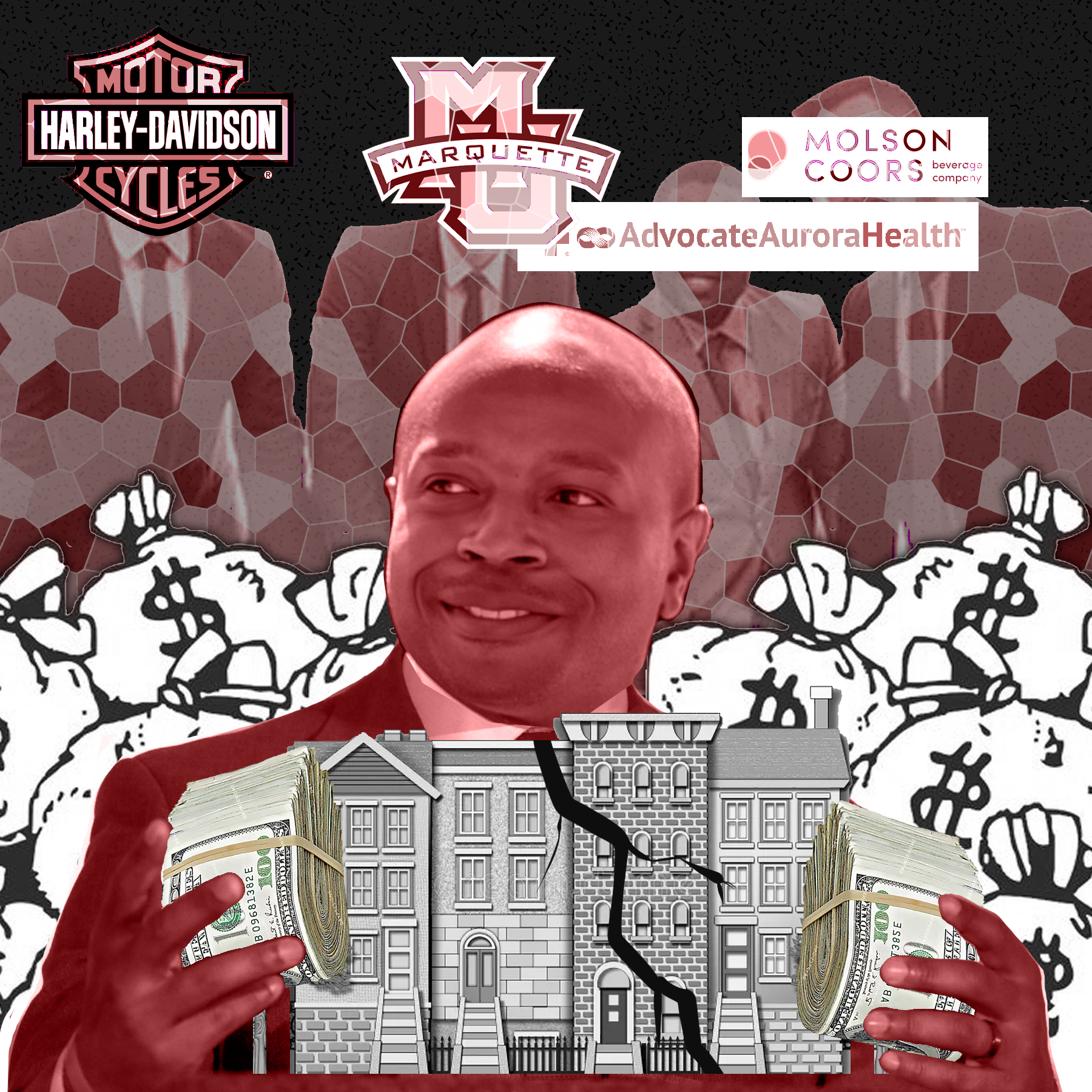When you hear the word ‘gentrification’, what comes to mind? Overpriced coffee shops? Luxury pet bakeries? Art galleries that never seem open? While these have the look of gentrification, they aren’t the cause of it. The common held belief regarding gentrification revolves around individual choices. The problem with this belief is it ignores the many cogs and gears that capitalism has in place (and continually upgrades or creates) to leech value out of the most vulnerable in our society. It is a system characterized by a relentless pursuit of profit, regardless of the human costs. To combat the belief that an individual creates gentrification, we must take on a revolutionary understanding of the process.
Under capitalism, our housing is commodified, meaning it is produced and maintained for profit. An apartment complex’s loan might be entirely paid off, yet tenants still pay exorbitant rents to a landlord, regardless of whether or not he upkeeps the building, makes renovations, or repairs. All of the rent being paid to the landlord is then profit. Of course, a landlord and capitalist’s goal is not just to make a profit, it is to make as much profit as possible, at the expense of everyone else. This is why people lose their homes to eviction and foreclosure, or why tenants of slumlords live in abysmal conditions. Keeping people housed in safe and comfortable housing is less profitable. So how does this factor into gentrification?
The process occurs over the course of years. As stated by Marx in Capital nearly 150 years ago:
“‘Improvements’ of towns, accompanying the increase of wealth, by the demolition of badly built quarters, the erection of palaces for banks, warehouses, etc., the widening of streets for business traffic, for the carriages of luxury, and for the introduction of tramways, etc., drive away the poor into even worse and more crowded hiding places.”
He talks about gentrification even then, showing just how long these processes have been taking place. In the U.S., what we’re seeing is roughly a 50 year long cycle of expansion and recession. In the 50s and 60s, we saw a mass abandonment of cities to the suburbs, where land was cheaper and ready to be developed. This is where capital would be able to flourish, as opposed to the cities where the land was already developed and capitalists’ returns were getting smaller and smaller. Slowly, investors, businesses, and wealth in general leave to focus on these suburbs. A few decades later, those same forces look again to the cities, now that they aren’t seeing the same returns from the suburbs.
Capital abandoning the area looks like a variety of occurrences; the cutting of public services such as public transportation, funding for parks/recreation areas, leaving infrastructure in disrepair, and more. It looks like businesses closing, an increase in poverty and tangentially of crime, evictions, and foreclosures.
In the cycle of gentrification, eventually this area becomes once again profitable. As stated previously, the suburbs are not showing the same returns as they did when they were first being built. Purchasing a home in the suburbs is exorbitantly expensive, there is little land left to build on, and so once again capital is looking again at the city. However, it’s not empty land that is being built on. When capitalists begin to reinvest, they aren’t looking to uplift the people in the area, they’re looking for the biggest profit possible. That means attracting people who have excess money to spend. Businesses that have little to do with the community they open in pop up, pieces of public infrastructure, such as parks, are sold off to private entities, and landlords begin buying up properties. Investors buying up homes is especially harmful to those looking towards home-ownership, which is one of the only means of securing intergenerational wealth for working class families. Landlords begin to increase rents, citing the increase of capital while neglecting to do anything besides cheap, aesthetic updates to units.
Now that capital has begun flowing back into the area it had once abandoned, the wealthy feel the need to protect their assets. Police presence increases as does their aggression. “Nuisance” behavior is regularly cited for police intervention, leading to arrests and ticketing. Their job is to protect the properties that capital is being dumped into. This leads to Black and brown working class and poor folks being alienated from their own communities, being labeled as ‘urban blight’ or worse.
The question then becomes ‘how do we stop gentrification?’ We must go back to the common misconception that is regularly used to defend the problems inherent to capitalism- the individual is at fault. We are all part of a much larger, interrelated system. One person can do very little to change a system that is made up of billions. Many individuals working together towards a collective directive, however, can force concessions and change the system entirely. History has shown that even minority groups can make vast changes. Gentrification can be fought with grassroots organizations that are self funded and committed to the people. This can look like tenant councils/unions, church groups, and more. Actions can be taken to occupy property developments, claiming abandoned spaces, mutual aid, eviction defense, the list goes on. By working together in organized, disciplined groups, one gains all of the skills and resources that each member has and the preservation, rebuilding, and widening of community begins. At the end of the day, the strongest community defense is organization. If you are interested in fighting gentrification and reclaiming public space, consider joining the Milwaukee Autonomous Tenants Union!
